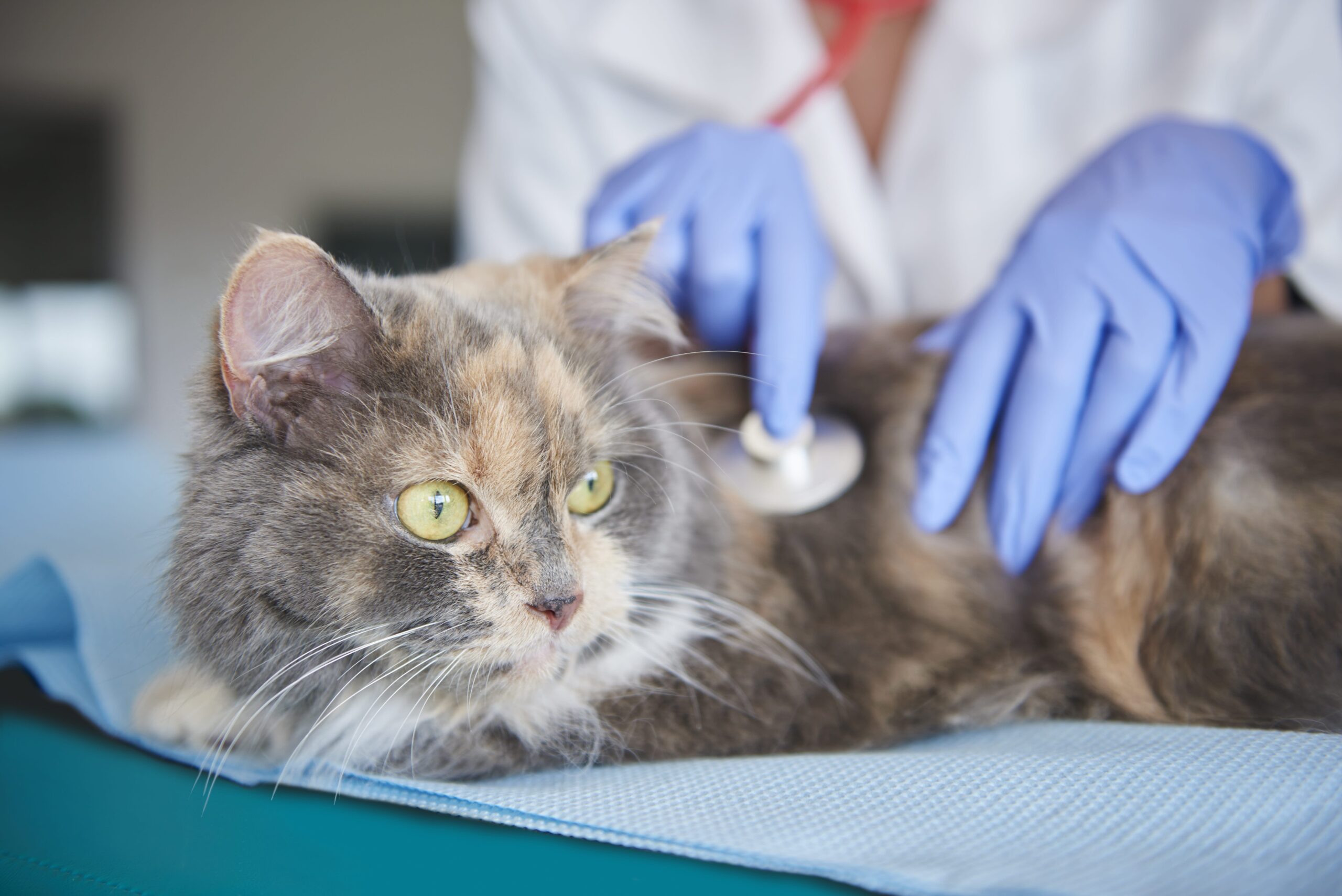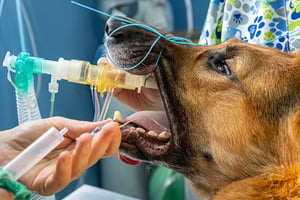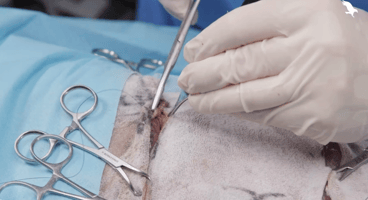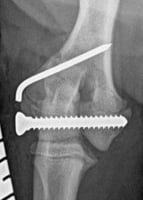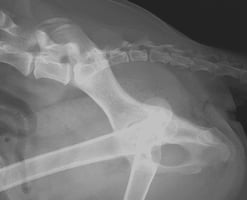This article was written by the team at RCVS Knowledge.

Imagine this clinical scenario: you have recently diagnosed a four-year-old male neutered cat with idiopathic cystitis. The patient is already on a gastrointestinal prescription diet; the owner does not want to change this and asks if other treatments are available to reduce the occurrence of the clinical signs. You explore the evidence behind environmental modifications and medical management in preventing the recurrence of feline idiopathic cystitis (FIC).
The evidence
Sixteen papers were critically appraised, though no study directly compared medical treatment alone to environmental treatment.
Only one study identified a long-term (12 months) impact of medication (Chew et al., 1998). Use of amitriptyline reduced the occurrence of FIC in 9 of 15 cats treated, although this improvement was only apparent in the last six months. Short-term administration (seven days) of amitriptyline showed no statistically significant improvement in the severity of symptoms (Kraijer et al., 2003), and may be associated with an increased risk of recurrence (Kruger et al., 2003).
Several studies focused on cats with FIC-associated urethral obstruction. Dorsch et al. (2016) identified no significant difference between patients given meloxicam or a placebo for five days post-obstruction; however, this was given concurrently with urinary catheterisation and fluid therapy, which could impact the findings. Nivy et al. (2019) administered phenoxybenzamine and alprazolam with or without the addition of meloxicam, and found no clinical benefit of adding meloxicam. Reineke et al. (2017) identified no difference in the repeat urethral obstruction rate with prazosin or placebo during the one-month medication period or at six months following treatment.
Gunn-Moore and Shenoy (2004) found that cats treated with glucosamine achieved a slightly greater improvement in owner-assessed symptom severity than the placebo group, though this was not significant. However, factors such as increased water intake and the subjective assessment of symptoms could bias the results. Osbourne et al. (1996) showed that a 10-day course of prednisolone had no clinical benefit over the placebo on the cessation of symptoms.
Intravesical administration of medication was investigated in three studies. Bradley and Lappin (2013) found that cats treated with intravesical glycosaminoglycan had a reduced recurrence of obstruction when compared to the placebo group; however, this was not statistically significant (p=0.06) and the study was performed in a hospital environment with concurrent fluid therapy. Zezza et al. (2012) treated cats with intravesical sodium bicarbonate and either lidocaine or a saline solution, finding no clinical benefit of lidocaine. Obstructed cats given intravesical pentosan polysulphate suffered from repeat obstruction at the same rate as those given a placebo (Delille et al., 2016). Subcutaneous injections of pentosan polysulphate also did not lead to any statistical difference in clinical signs in comparison to the placebo (Wallius and Tidholm, 2009), although exposure to stressful events before clinical signs was statistically significant.
The 2008 Seawright et al. case study also demonstrated the impact of a stressful event which preceded the only FIC signs shown in a cat who was studied for 15 months and treated with long-term environmental modifications alongside meloxicam, prazosin, dantrolene and glycosaminoglycan supplementation for three weeks. The findings may indicate the success of the treatment for that individual; however, the evidence cannot be generalised.
Buffington et al. (2006) found environmental modification led to reduced recurrence of lower urinary tract signs, alongside general improvement in fearfulness and nervousness. However, modifications were multimodal and based on a detailed environmental history, so the impact of individual variables on the outcomes is difficult to measure.
Feline facial pheromones were investigated in a double-blinded, placebo-controlled crossover study (Gunn-Moore and Cameron, 2004). There was no statistically significant difference in the recurrence of signs between the treatment and placebo periods; however, there was a clinical difference in occurrence and severity of FIC after treatment.
Finally, Sofyan et al. (2019) tested an intervention of medication, vitamins and a probiotic for one cat, with the outcome studied being the cat’s ability to urinate post-urethral obstruction. With no defined measurements of outcomes and no control measures, the evidence in this study is weak.
Conclusion
Two studies showed a statistically significant decrease in clinical signs of recurrent cystitis through treatment with long-term amitriptyline (Chew et al., 1998) and multimodal environmental modification (Buffington et al., 2006). Further evidence demonstrating improvements through environmental modifications was either not statistically significant or from case studies, so the evidence is weak.
Further evidence demonstrating improvements through environmental modifications was either not statistically significant or from case studies, so the evidence is weak
Most studies used relatively small numbers of patients, so it is possible that the treatment may have an impact but would only be of value as part of a multimodal approach rather than sole therapy.
FIC is difficult to study as researching treatment intervention in hospital allows for variables to be controlled but can increase the cat’s stress levels. However, in a home setting the findings could be impacted by several variables within the cat’s environment. As the aetiology of FIC is still unknown, further research into the cause of FIC is required before comparisons of treatment options can be made.
The full Knowledge Summary can be read in RCVS Knowledge's open access journal Veterinary Evidence.

